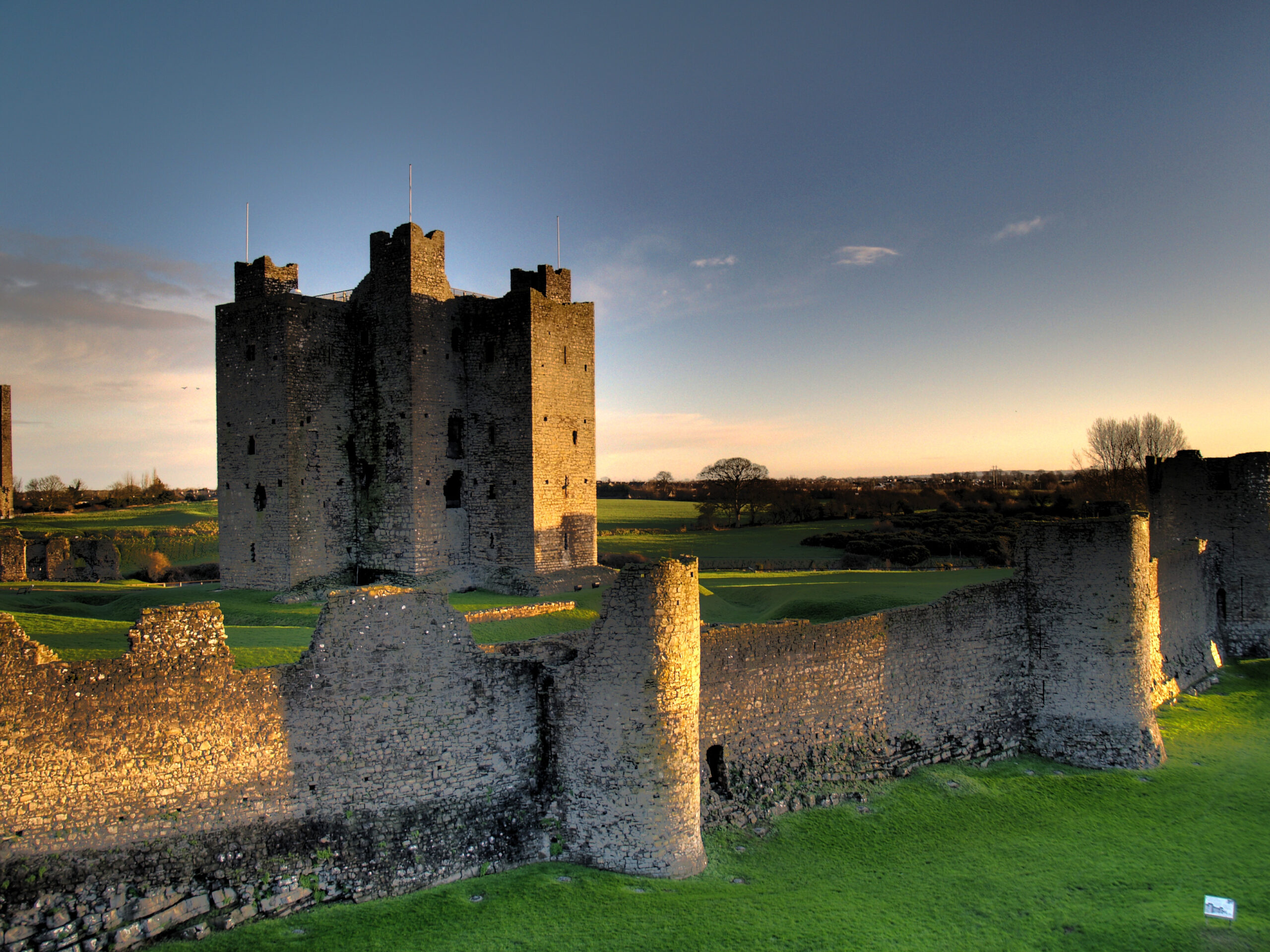
"Trim Castle in County Meath, built from the 1170s, features a twenty-sided cruciform keep and a large outer ward with stables and a defensive ditch."
"Blarney Castle, constructed in 1446, exemplifies a late-medieval Irish tower house, featuring five storeys, murder holes, and the famous Blarney Stone."
Irish medieval landscapes are marked by thousands of castles built primarily after the 12th century Norman invasions. Native fortifications included ringforts and crannogs before the Normans introduced stone castles. Surviving castles often take the form of tower houses, combining living spaces with defensive features, frequently encircled by bawn walls. Notable examples include Trim Castle, the largest Anglo-Norman castle begun in the 1170s, and Blarney Castle, built in 1446, both offering unique architectural insights and visitor experiences.
Read at Medievalists.net
Unable to calculate read time
Collection
[
|
...
]